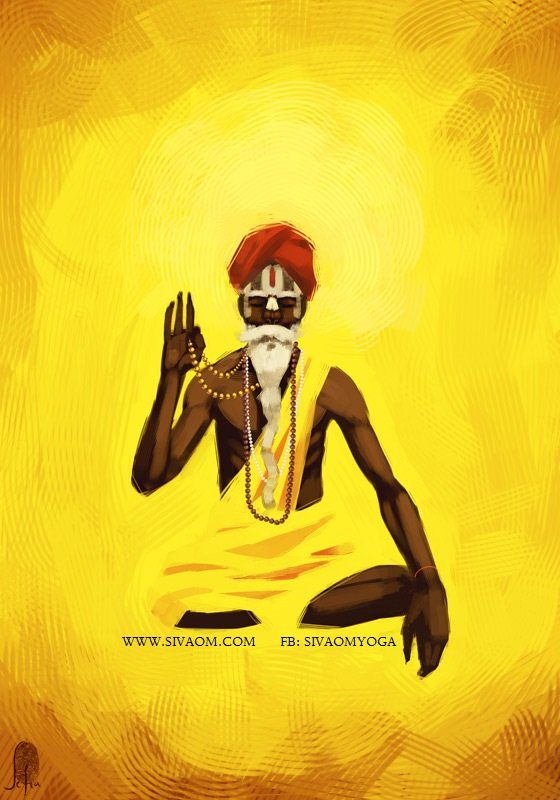Aham Brahmasmi Translation and Meaning:
“Aham” translates to “I”, while “Brahmasmi” translates to “am Brahman”. Hence, the statement “Aham Brahmasmi” signifies “I am Brahman”. It serves both as a philosophical postulation on the state of Brahman at an intellectual level and as an expression of enlightenment attained by a yogi (Brahmajnani) in a state of self-realization. To begin the journey first, we must learn about the journey we have been on even if we aren’t aware of it.
Five States of “I am ness”:
1. Unconscious State:
- The state of not being aware of one’s existence is experienced in deep sleep or by newborn babies.
2. Semi-conscious State:
- The awareness of existence without conceptualization is experienced in dreams or by infants.
3. Waking State:
- Awareness of existence in relation to the world, characterized by individual identity and duality.
4. Realization of Existence Itself:
- Awareness of being existence itself, free from ego limitations, experiencing omnipresence and detachment.
5. Supreme State of Being:
- Absorption in self, limitless and absolute, devoid of duality, experiencing oneness with all beings.
A secondary explanation in this regard has been provided with the representation of the “OM” ॐ symbol which represents the Four States of Consciousness :

1. Waking State (Jagrat):
- The false self is active, identifying with the body, mind, and senses.
2. Dreaming State (Taijasa):
- Semi-consciousness, identification with inner consciousness and subtle bodies.
3. Deep Sleep State (Prajna):
- Unconsciousness, unawareness of self or surroundings.
4. Pure State of Being (Turiya):
- Transcendence of elemental self, realization of Atman and Brahman, unity and bliss.
Yogis identify with Brahman, the supreme being, viewing the Aatma as the innermost self in all beings. As the lower union or yoga occurs, we commence our upward journey toward uniting the Aatma with Brahman, the Supreme Being residing within the innermost self, or the Atma. It’s crucial not to confuse this concept with the god Brahma, who possesses four heads.
Therefore, the phrase “Aham Brahmasmi” symbolizes the progression from unawareness to self-realization, representing the profound understanding of one’s identity with the ultimate reality, Brahman.
This sentiment finds resonance in another expression popularized by Adi Shankaracharya, “Shivoham” – signifying the recognition that the individual transcends mere body and mind, embodying the essence of the great one beyond time and space, master of the three Gunas, destroyer of Maya, bestower of moksha, and eternal bliss, among countless other attributes.
Truly, you embody all that and more, a profundity that words alone struggle to articulate and can only be grasped through personal experience.



